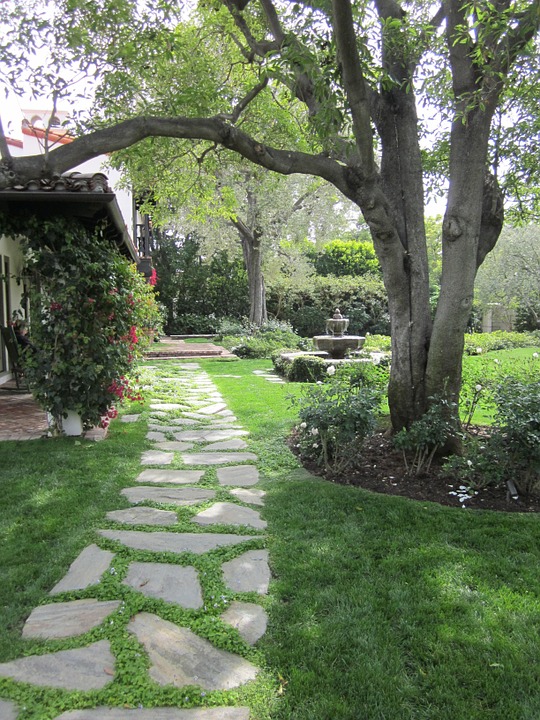Welcome to the picturesque state of Colorado, where nature’s beauty knows no bounds. As a homeowner in this enchanting land, you have the unique opportunity to create your piece of paradise right in your backyard. A well-designed landscape can not only enhance the curb appeal of your home but also provide a serene retreat for you and your loved ones to unwind amidst the wonders of nature. Let’s explore the power of plants in landscape design and provide you with valuable tips to choose the best plants that suit your goals and needs.
The Power of Plants in Landscapes:
Plants are the heart and soul of any landscape design. They not only add visual appeal but also serve as functional elements that impact the environment in numerous ways. Here are some compelling reasons why plants are vital in landscape design:

Plants are the heart and soul of any landscape design
- Aesthetic Appeal: The variety of colors, textures, and shapes that plants offer can transform a mundane yard into an exquisite living canvas.
- Environmental Benefits: Trees and shrubs play a crucial role in purifying the air by absorbing harmful pollutants and releasing oxygen. They also help in preventing soil erosion and providing habitat for local wildlife.
- Energy Efficiency: Strategically placing trees around your home can provide shade during scorching summers, reducing the need for excessive air conditioning.
- Mental Health Benefits: Research suggests that spending time surrounded by greenery and nature can reduce stress and anxiety, and boost overall well-being.
Choosing the Best Plants for Your Landscape:
Selecting the right plants for your landscape design is pivotal to its success. Consider the following tips to make informed decisions:
- Climate Compatibility: Colorado’s climate can be challenging, with varying temperatures and frequent droughts. Opt for native or drought-resistant plants that can thrive in the region’s unique weather conditions with minimal water requirements.
- Define Your Goals: Determine the purpose of your landscape – is it to create a lush garden, a low-maintenance oasis, or an eco-friendly haven? Your goals will help you select the plants that align with your vision.
- Assess Site Conditions: Consider the soil type, sunlight exposure, and wind patterns in your yard. Some plants might need specific conditions to flourish, and you must choose accordingly.
- Seasonal Interest: To ensure year-round beauty, incorporate plants with different blooming seasons and foliage colors. This diversity will keep your landscape lively throughout the year.
- Maintenance Requirements: Be honest about the amount of time and effort you can dedicate to maintenance. If you have a busy schedule, opt for low-maintenance plants that won’t demand constant attention.
- Space Planning: Choose plants that suit the size and scale of your landscape. Avoid overcrowding and allow adequate space for each plant to grow and spread gracefully.
As a homeowner in Colorado, landscaping with the power of plants can elevate your property’s appeal and make your outdoor space a personal haven. Embrace the unique climate and geographic conditions of the region to curate a landscape design that not only meets your goals but also contributes to the local ecosystem. By making informed choices and seeking professional guidance if needed, you can create a sustainable and breathtaking landscape that will be the envy of the neighborhood. Happy landscaping!
